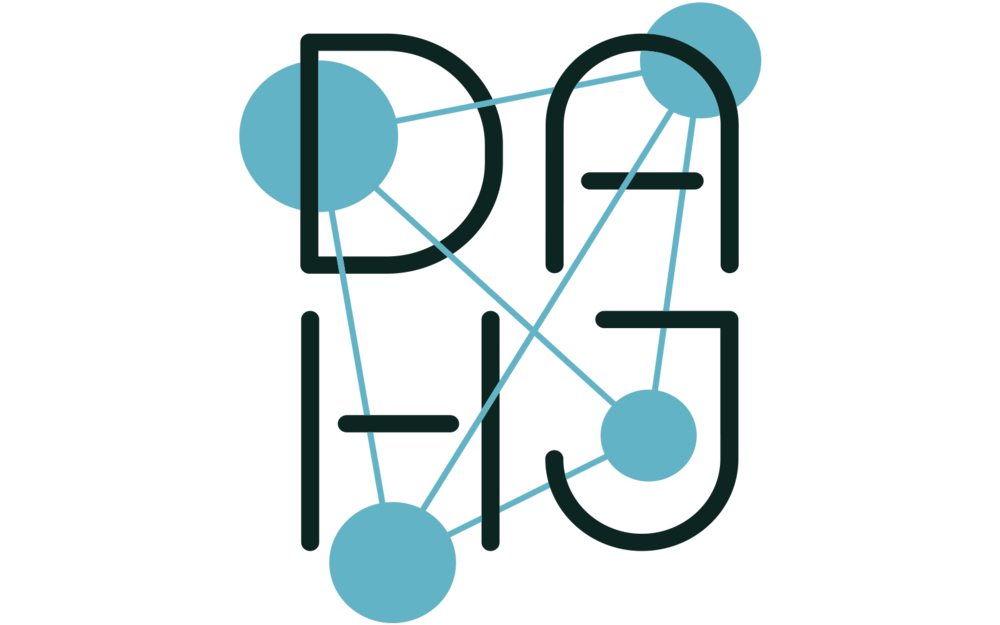The Digital Age has revolutionized economy, society, and our private lives. For decades now, digitalization has also touched most branches of the humanities. With the rising importance of the so-called Digital Humanities, Art History is about to change significantly. Since the slide library is irreversibly replaced by image databases, the fact that our media have turned digital opens up new possibilities. Academic books and journals are increasingly accessed and published via the internet. Data-driven approaches enable us to visualize large datasets and big image data. Computer vision, gamification, and citizen science spur new epistemic approaches.
Many such approaches are currently evolving in the international sphere of Art History. Those ideas and projects are in need of a platform of interchange and discourse that is linked to Digital Humanities, but regards the special interests and needs of Art History as a historical image science that intersects with Information Science. Thus, the International Journal for Digital Art History (DAHJ) gives authors in this field the opportunity to reach a wider audience, spark a discussion on the future of our discipline, and generate an international and interdisciplinary network of scholars and practitioners.
This is a call for manuscripts. It focuses on the definition of “Digital Art History” in relation to “non-digital,” information science, and general Digital Humanities. It encompasses the range of the field and its vector into the future. It also highlights exceptional projects and features book reviews.
The featured author for this call is Lev Manovich. He is Professor at The Graduate Center, CUNY, and a Director of the Software Studies Initiative that works on the analysis and visualization of big cultural data.
The call is now open and first articles are to be published in the first half of 2015. To submit articles, please register first and review the information for authors. We will be publishing articles on a rolling basis.

